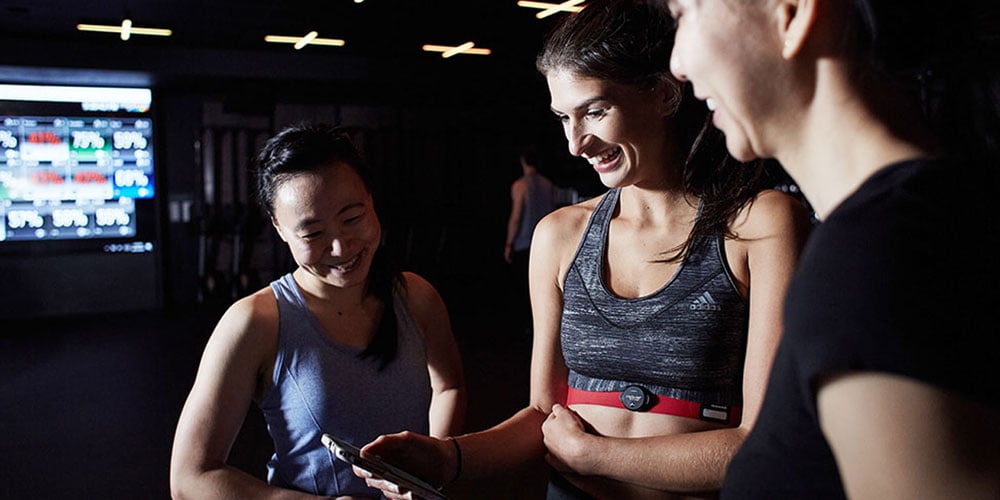Safeguarding in schools’ physical education and understanding effort
A healthy future for anyone comes from building foundations in embracing movement. If we can remember for life that movement is linked more to play than arduous work, we can drive the power of physical education and understanding effort levels from a young age.
When did exercise stop being fun? When did physical effort become work and not play? What age did you stop wanting to climb, run, throw, jump, and catch? That excitement for physical literacy wanes over the years for most people, but why?
Physical education (whether referred to as PE or phys ed) is more than just a school subject; it's a powerful tool that shapes children's lives, instilling lifelong habits of health and wellbeing. Heart rate training could even be the key to why traditional physical education in schools is a thing of the past.
From primary school age to adolescence, regular physical activity plays a pivotal role in children's development, with benefits extending far beyond the playground.
Let’s give the next generation the tools to make that development an investment for life.
What children have to say about exercise
“It tells you how many MEPs you’ve got if you want to know,” says Vivienne, aged 7, explaining what she likes most about using her Myzone heart rate monitor. “Then if it’s too low, you can keep on working harder so it helps you get strong and fit.
“I like the colours because they’re quite bright, and they’re my favourite colours. I run up and down the stairs to see what colour zones I can get in, and I’ve worn it for swimming – that got me in blue and green for most of the time.
“Oh, I’d definitely recommend it for other children, and for making PE lessons more fun.”
--
“I like to move and exercise because it gets me healthy, it’s fun, and it makes me feel great,” says Alex, aged 7. “I like doing little squats before it’s bed time.
“When I do sport and exercise, it makes me feel proud of myself, especially when I learn new ways of moving or achieve a challenge that I’ve set myself.”
--
“I’ve loved doing online workouts and other exercises ever since lockdowns,” says Tara, aged 10. “Now, I especially like tennis, running, trampolining and doing cartwheels.
“It’s fun moving with music and doing exercise with friends. More people should move so everyone feels good and they stay in shape.”
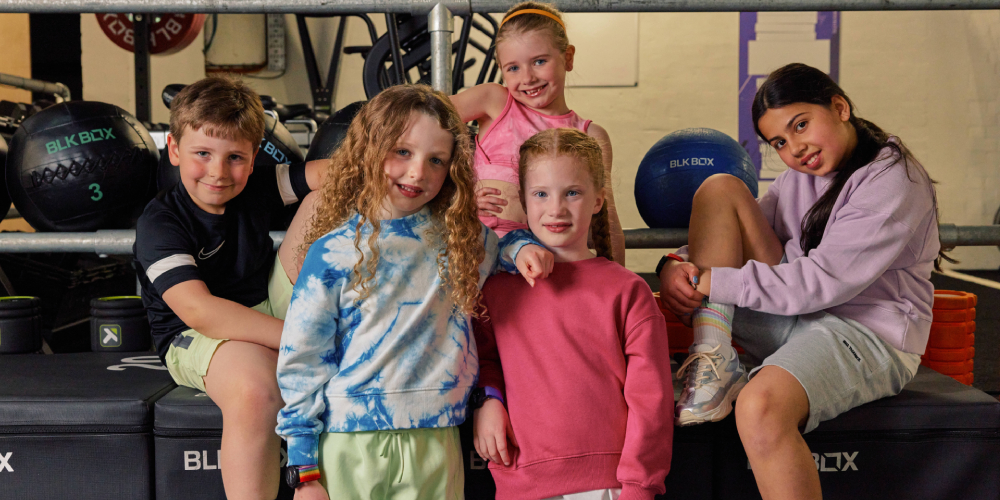
Educating and safeguarding students through physical activity
Firstly, PE promotes physical health. Regular exercise strengthens the heart, reducing the risk of heart disease in later life.
By introducing heart rate training at a young age, children learn to understand their bodies' responses to effort.
This knowledge empowers them to manage their fitness levels effectively, fostering a proactive approach to personal health.
What’s more, PE lessons provide a safe environment for children to engage in physical activity. Safeguarding is a crucial aspect of PE, ensuring children can exercise without risk of harm.
Keeping Children Safe In Education (KCSIE) is statutory guidance, explaining how the role of school and college staff safeguarding and promoting the welfare of children is everyone’s responsibility. If we wish to influence more positive behaviour change in the younger generation, we need to do more to understand how we can align with educational essentials at all key stages.
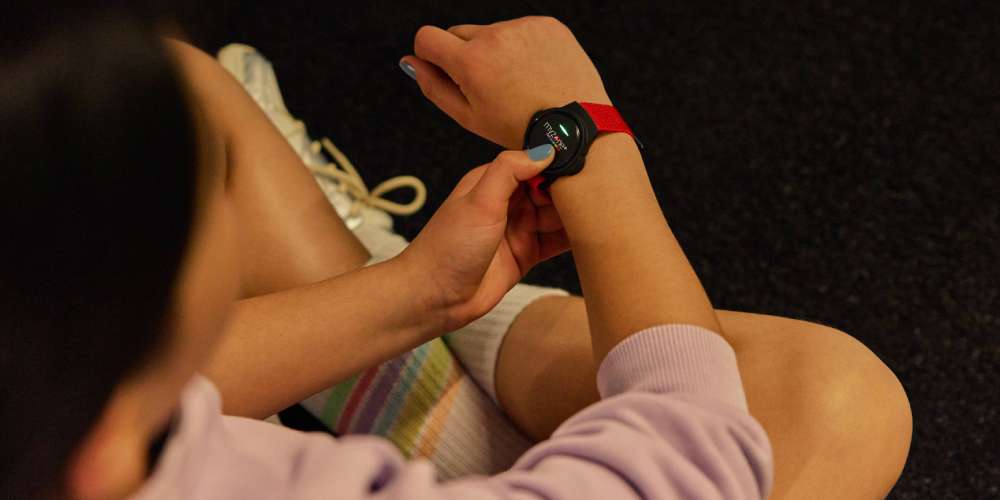
Everyone who comes into contact with children has an important role to play.
While, to many, this seems like common sense, embracing every opportunity to offer children the safest learning environment to learn is paramount.
When schools choose wearable tech to assist with PE and sports in schools, these tools must not only be fit for purpose, but also offer the best protection in every eventuality; this includes fitting the device in the first place.
The Myzone Switch was designed with a wrist strap, so it can montitor heart rate using a PPG sensor, rather than the chest-based ECG sensor.
This easily removes the risk of any personal discomfort in front of classmates and staff when having to lift up clothing to fit or adjust an ECG, as well as minimising disruption to ensure teaching staff and coaches can get on with the class quickly and effectively.
Health related fitness at Coombe Wood School
After addressing safeguarding concerns wherever possible, understanding children can push themselves physically, and knowing when to recover, are lessons they can apply throughout their lives.
“When the children are using Myzone, one of the most important things is that it helps them to learn about their body,” says Jonathan Wilden, CEO of the Folio Education Trust that oversees Coombe Wood School.
The staff at Coombe Wood have created health related fitness classes, where everyone is treated as an individual, and the concept of rewarding effort is embraced across the curriculum.
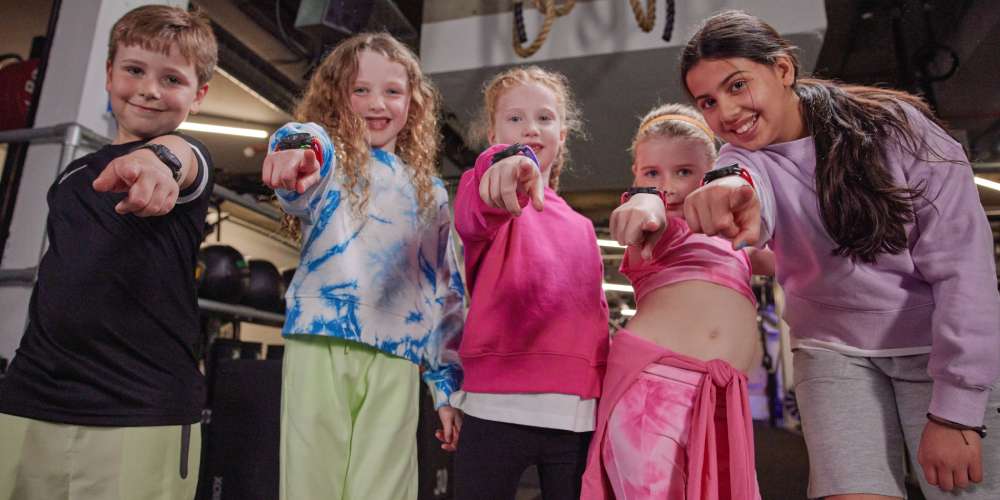
“Everyone is different, which is important," continues Jonathan. "But it’s also important that we all understand that, when we teach children, we’re adapting to those differences.
“If they can learn, using Myzone, what it feels like to be out of breath, which is something they shouldn’t be scared of, and they can learn what it’s like to work hard, then it gives them confidence for the future.”
Embracing mental health benefits from a young age
Beyond physical health, PE also contributes to mental wellbeing. Regular physical activity has been linked to improved mood, increased concentration, and reduced stress levels.
These benefits can enhance academic performance and foster a more positive school experience for students and staff alike.
These lessons cultivate essential life skills – important in social settings and making the most of opportunities as children mature. In and out of school, team sports and group activities encourage cooperation, communication, and leadership.
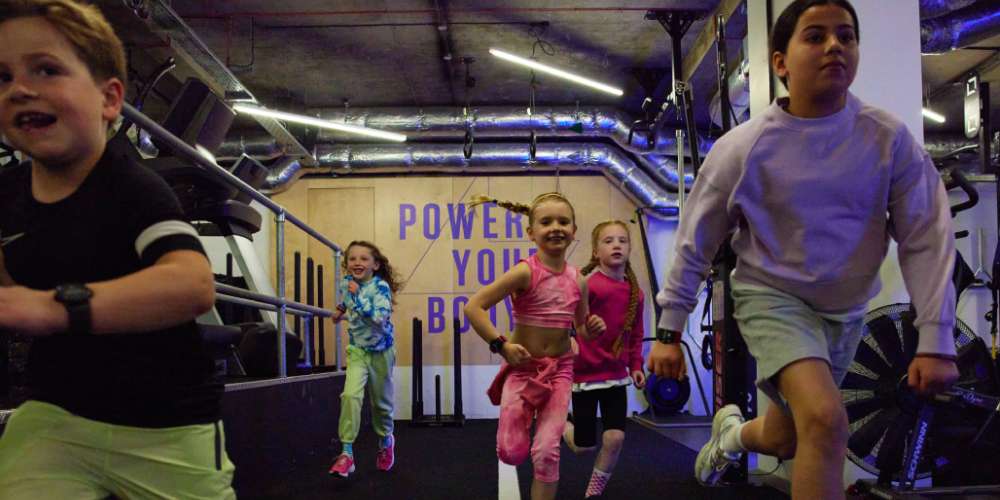
On the other side of the same coin, individual sports such as martial arts or endurance activities can foster self-discipline and resilience. These skills are invaluable in adulthood, contributing to personal and professional success.
Positive behaviour habits that last a lifetime
Lastly, PE helps establish healthy lifestyle habits that will greatly contribute to and remove strains on other aspects of society such as health services. Children who engage in regular physical activity are more likely to continue these habits into adulthood.
Understanding the effort required to maintain fitness can motivate children to stay active, eat healthily, and make choices that support their wellbeing.
A cornerstone of holistic child development, heart rate training can greatly improve people’s lives, especially when understood from a young age.
By promoting physical health, ensuring safety, enhancing mental wellbeing, and instilling valuable life skills, PE sets children on a path towards a healthy, active, and fulfilling life. The key to unlocking this is all about a little effort.
Find out more about inspiring a lifetime of activity in schools.
Share this
You May Also Like
These Related Stories
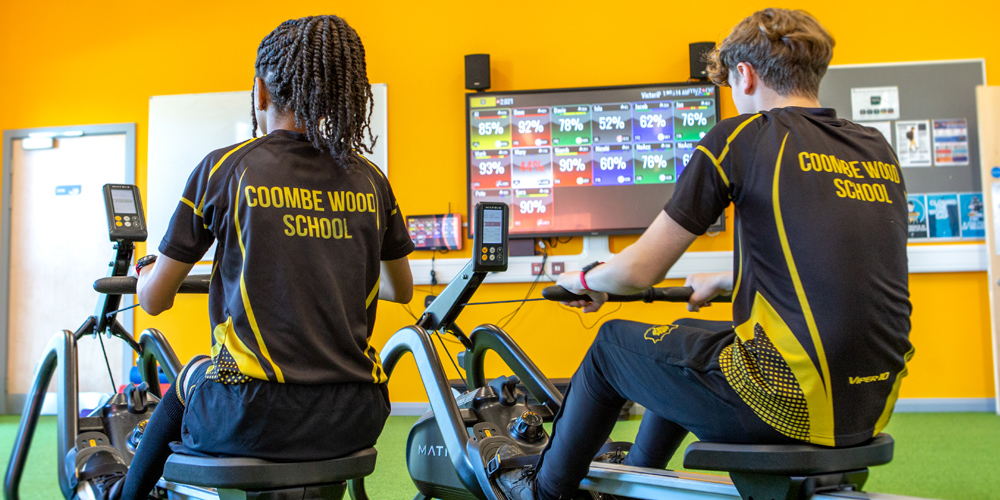
Why traditional physical education in schools is a thing of the past
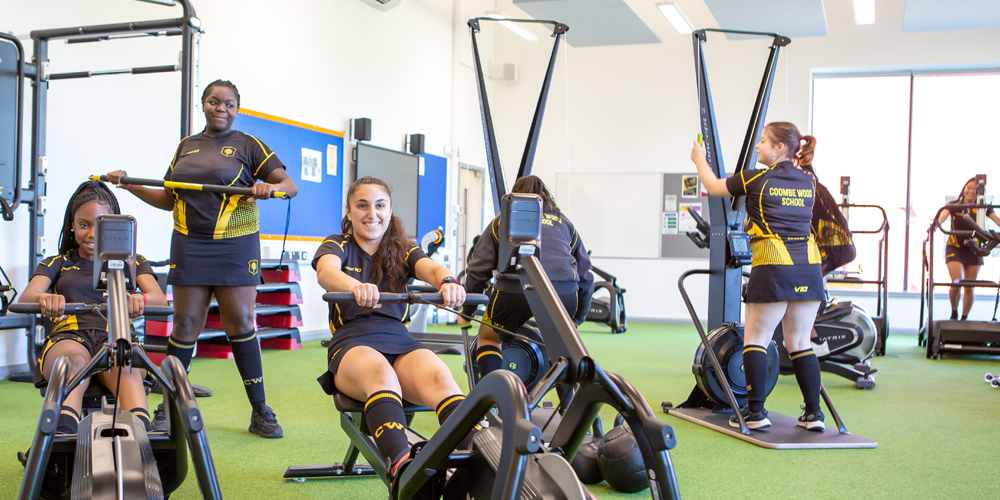
Changing the future by teaching fitness in school, long before the gym
